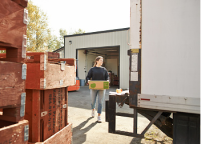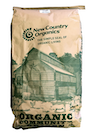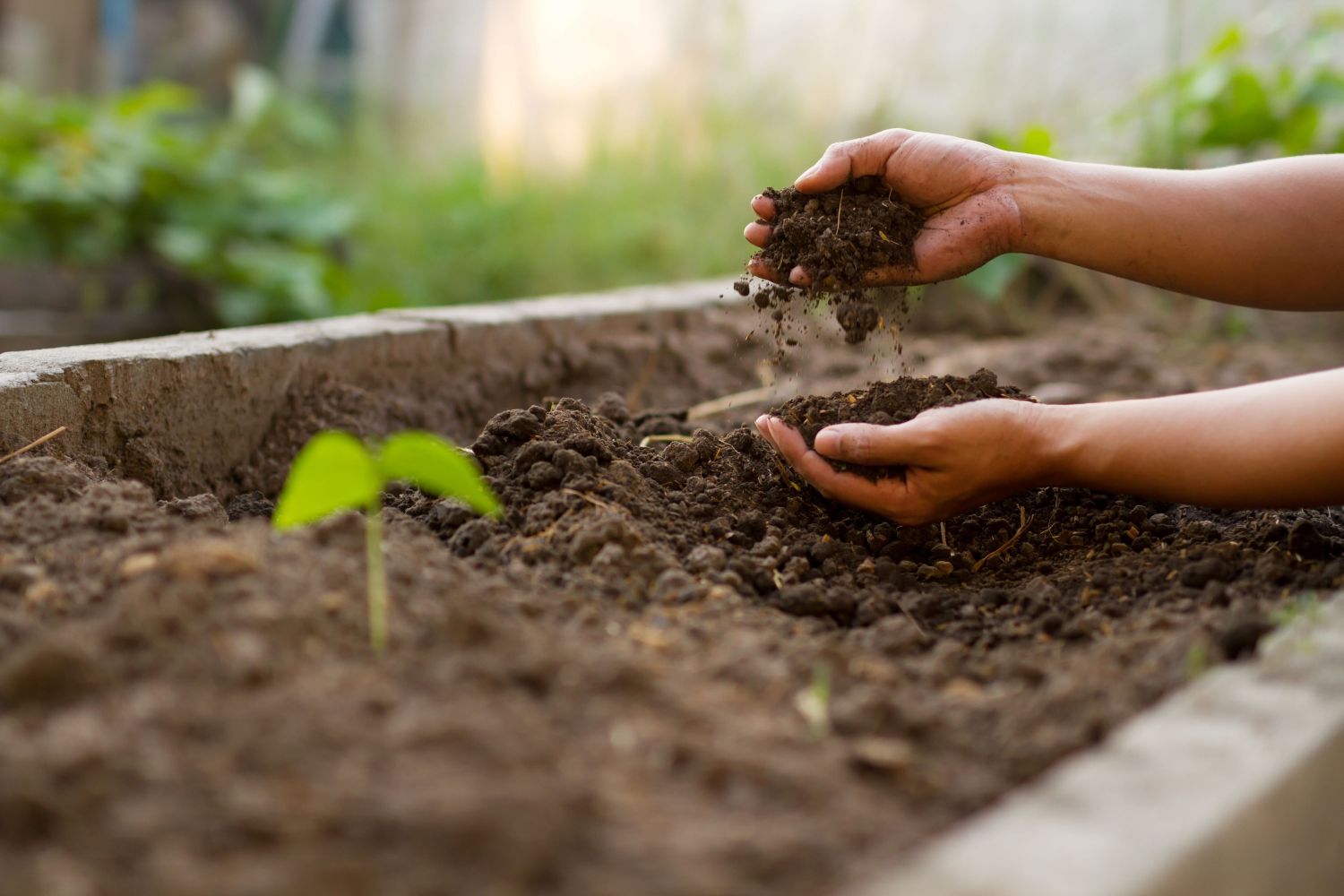We know that finding the perfect routine for your plants can be hard, especially if you’re new to the plant parenting game or have one of every species (no judgment!). Either way, you've probably heard of compost, as it's gaining popularity again in the world of plant care for growers of all ages. If you’re like many people, you may wonder why people try to make their own or how it’s even used. And if you’re a great plant parent (which you are because you’re reading this), you may be eager to learn how you can use it at home to meet your specific plant care needs.
As a company full of plant and animal lovers committed to increasing the presence of organic practices, it’s only natural that we’re big advocates of compost. Just like our mission to give back more than we take from the ground, compost is crucial for feeding life back into our Earth’s soil. All that to say, compost plays a large role in organic operations, and we’re glad you’re interested in learning more about its benefits.
So, whether you want to liven up a few houseplants or perfect your homestead’s pasture, we’ll walk you through the basics of compost so that you can be confident in applying it to your plants and know what to expect from it. We’ll dive into some information about what exactly compost is, which will help you understand the benefits before we share our expertise on choosing the best one and wrap up with how to apply it. Let’s “unearth” the fun of using compost!
What is Compost?
Compost is used as an aid to a growing medium, like soil, to enhance the soil, and in turn, the life of a plant. It’s a crumbly, nutrient-rich, soil-like matter that is the result of composting dead, organic matter. The composting process takes place when the decomposition of organic matter is sped up in a controlled process, thanks to specific temperatures and environments. During decomposition, the life of microorganisms in the compost provides nutrients and overall, a better environment for other life.
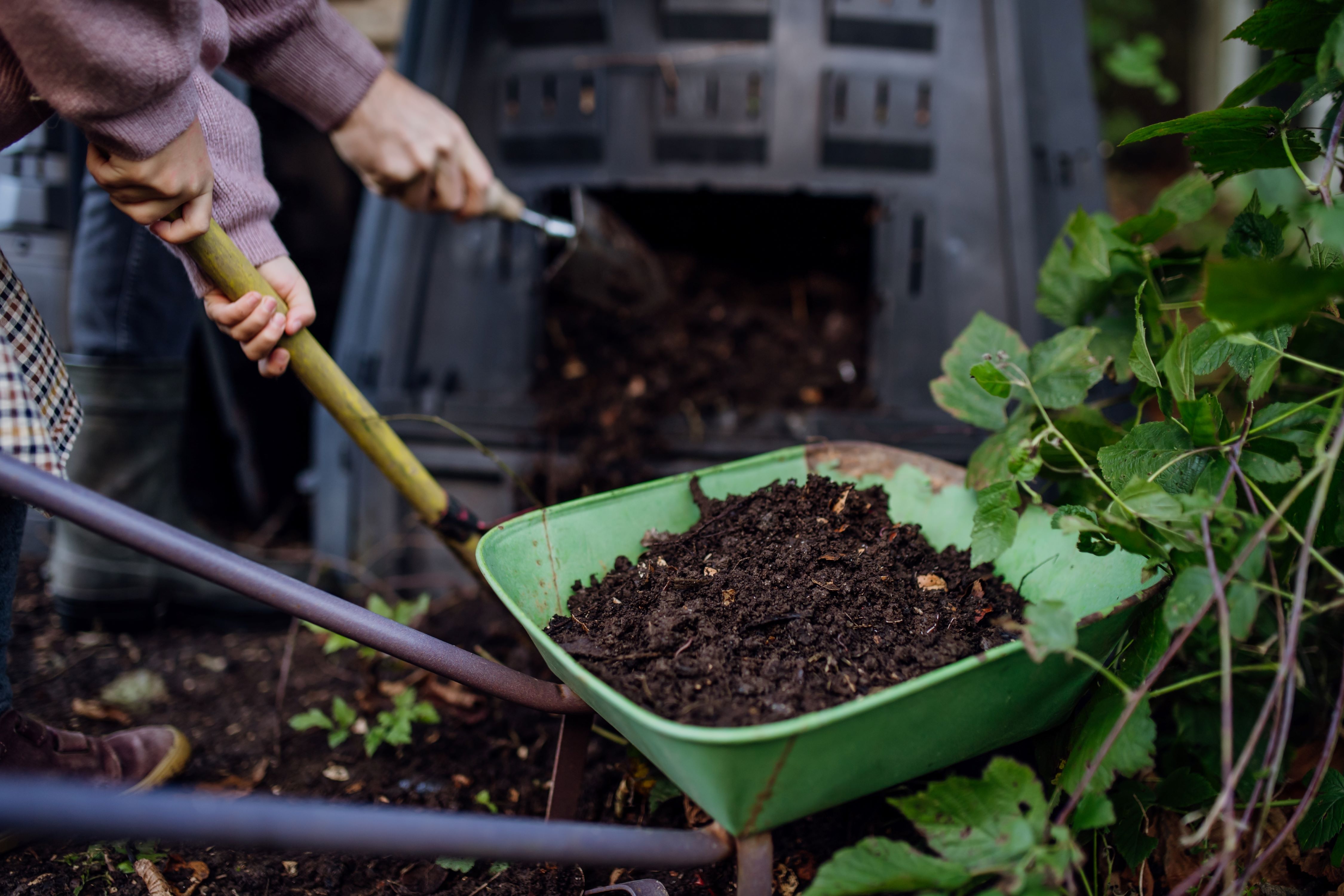

Picture compost as an underground city. When you add it to your soil, you’re adding life and a miniature ecosystem to it! The microorganisms that live in compost will feed on and decompose the organic matter while creating beneficial pathways throughout your soil. Let’s break down how these microorganisms get the job done:
- Dead organic matter draws microorganisms, such as different types of bacteria and fungi, to the compost.
- The microorganisms eat the organic matter, digest it, and excrete nutrients in a form absorbable by plants.
- Microorganisms create pathways to travel, carrying nutrients and compost throughout their journey. These pathways make it easier for water to travel throughout the soil, increasing a plant’s water retention and reducing the amount of water wasted. These paths illustrate how adding compost to the top of your soil leads to the benefits of trace minerals being added below ground.
Generally, anything that derives from plants or animals can be composted, such as plants, fruits and vegetables, other food waste, uncoated paper/cardboard, hay/straw, and other organic waste. Large items, such as pieces of cardboard or paper, should be shredded before being added to a compost bin or pile.
Some examples of compostable everyday items that we sell, and use include:
● Our brown feed bags (not the green or blue ones)
● Cardboard boxes used for delivery
● Bedding Buddy bedding odor & moisture absorber
● Aubiose and Aubichick Hemp Beddings
We also sell a great organic compost that can be used for a wide variety of purposes.
The Benefits of Compost
Before getting started with compost, we recommend examining your soil or using a soil test kit to get an idea of the current health of your plants and their soil. The first benefit of using compost is that you’re helping support a healthy environment for all life. Whether you’re making your own or purchasing from a responsible retailer, you’re helping to reduce waste and encourage natural processes on our planet.
Benefits for Your Plants
There are three main benefits to your soil, and in turn, your plants. Compost helps:
● Increase nutrient absorption from trace minerals
● Improve water retention and lessen soil erosion
● Decrease the need for pesticides and synthetic fertilizers
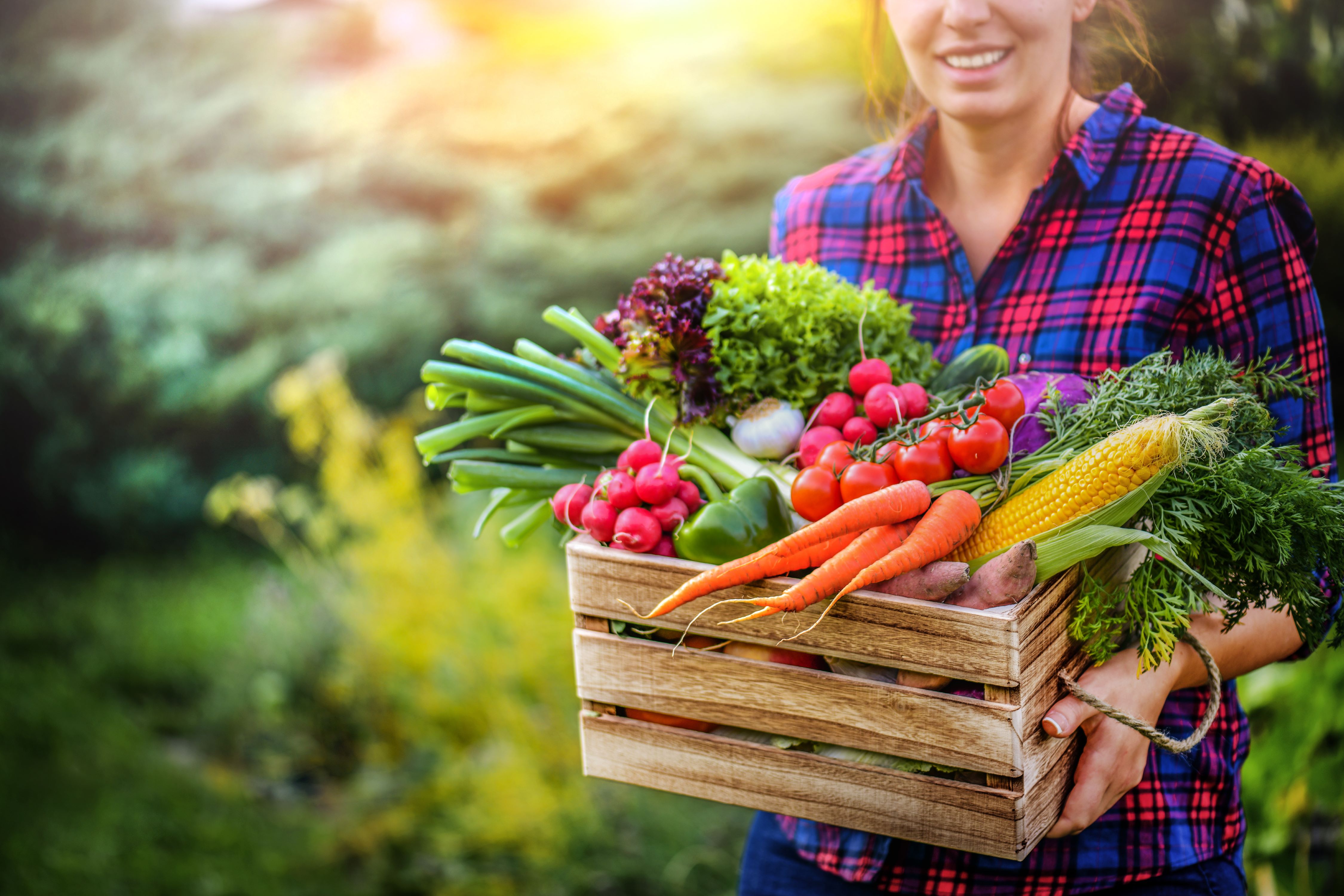

Along with providing nutrients used by plants and aiding in water retention, using compost reduces the need for fertilizers and pesticides. While the need for fertilizers depends on your plant’s needs, compost allows for many nutrients to be continuously absorbed by plants.
You may also find the need for fewer pesticides because the microorganisms in compost can aid in ridding the soil of harmful nematodes and because overall, your plants will be healthier and less likely to draw in pests attracted by illnesses.
What to Consider When Choosing Your Compost
Finding the right nutrients to benefit your plant’s growth can take time and research. That’s why it’s important to make sure you’re starting in the right place. Oftentimes, the terms compost and fertilizer are used interchangeably and can create confusion about what each one does.
The key difference between fertilizer and compost is that fertilizers directly provide nutrients to your plants, while compost provides nutrients to the soil, which can then be absorbed by the plants. Fertilizer is made with organic or artificial chemicals, as opposed to decomposed organic matter like compost. So, if you’re looking for specific nutrients for your plants, such as nitrogen, potassium, or phosphorus, fertilizer might be the way to go. This isn’t to say that you can’t use both — some composts like the ones we sell contain fertilizer. But it’s important to understand they’ll both serve different purposes in your garden.
If you’re interested in learning more about fertilizers, check out our popular Harmony Ag Organic Fertilizers we sell. Great for vegetables, fruits, lawns, and landscapes, this slow-release fertilizer aids in steady, long-lasting color and growth.
Plus, it’s made from all-natural ingredients so you can avoid synthetic, chemical fertilizers. Check out the product on our website to learn about the ingredients and how to use it for a variety of plant needs!
Find the Right Compost for Your Plants’ Needs
Like most things in the world of gardening, the kind of compost you’ll want to use depends on your plants. Factors such as nutrients needed, your soil, and the type of plants you have can determine what compost is the best fit for you.
Multipurpose composts are a great choice for anyone starting out or if you have a wide variety of plant needs. These are suitable for plants at varying stages of maturity and locations, such as pots, beds, and yards. It provides the benefits listed above, but the brand you use and plant(s) you apply it to will determine how often it needs to be reapplied (more on how to apply compost below).
Compost for seeds and cuttings is designed to supply nutrients needed in earlier stages of a plant’s life. As mentioned above, multipurpose compost will do okay for seeds, but may provide too many nutrients and may not aid in the moisture levels needed for sowing or propagation.
You can also choose to make your own compost, although this may take some time, patience, and trial and error. While anyone can make compost, you’ll want to be sure you follow the proper steps to create the best mixture for your plants. Here are a few steps to get you started:
- Choose a method and location. Different methods, like cold vs hot composting, have different requirements and turnaround times. Some methods use bins, while others involve composting directly on the ground.
- Set aside compostable items you regularly use, such as food scraps (minus dairy or other non-compostable items), untreated yard trimmings, and uncoated paper/newspapers.
- Add compostable items to your bin/pile (when you do so may depend on the method you choose). Finished compost should be cool, dark brown, and have an earthy smell.
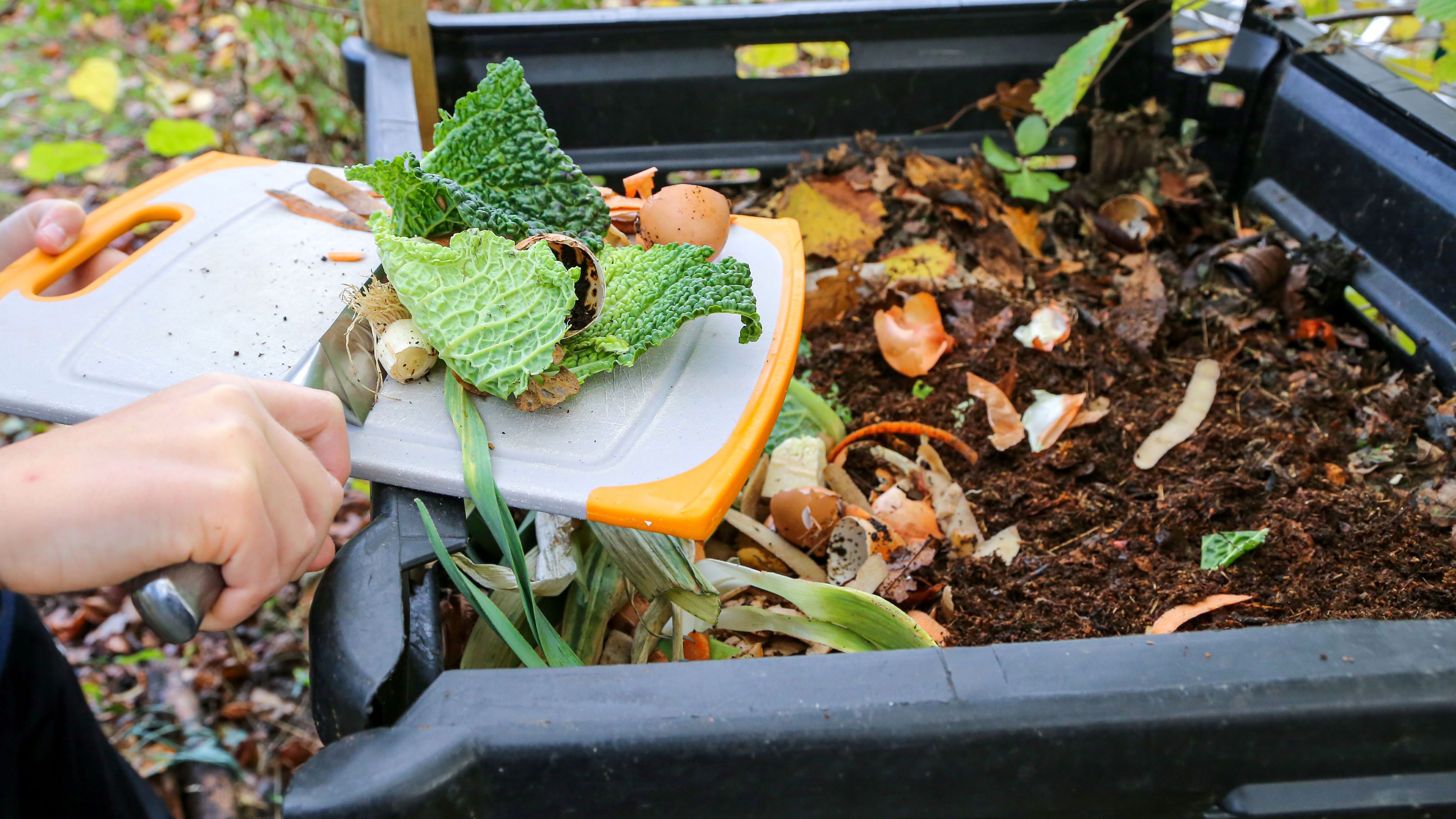

For more specific steps and to make compost based on certain time restraints or nutrient requirements, check out this guide to making compost at home from the University of Maryland.
How to Use Compost
How much compost you use and how you apply it will depend on your plants, the type of compost you use, and where your plants are located (in a pot, garden, pasture, etc.). The specific compost you buy should provide directions regarding how much to use and how to use it, so the recommendations below may slightly differ from what your compost recommends.
To determine how much compost you’ll need, you need to know the square footage of the area you want to cover (the length multiplied by the width of your space) and how deep you want your compost to go (this will likely be anywhere from 1-6 inches).
Many bags of compost contain one cubic foot of compost, which weighs approximately 40 lbs. The equation to find the total cubic feet of compost you need is:
(Square feet of your area x inches deep of compost x 0.0031) x 27
Say you’re covering a garden that is 6ft by 2ft at a depth of 2 inches. Your equation would look like this:
(6 x 2 x 0.0031) x 27 = 1.004
So, to cover 12 square feet at a depth of two inches, you’d need one cubic foot bag of compost.
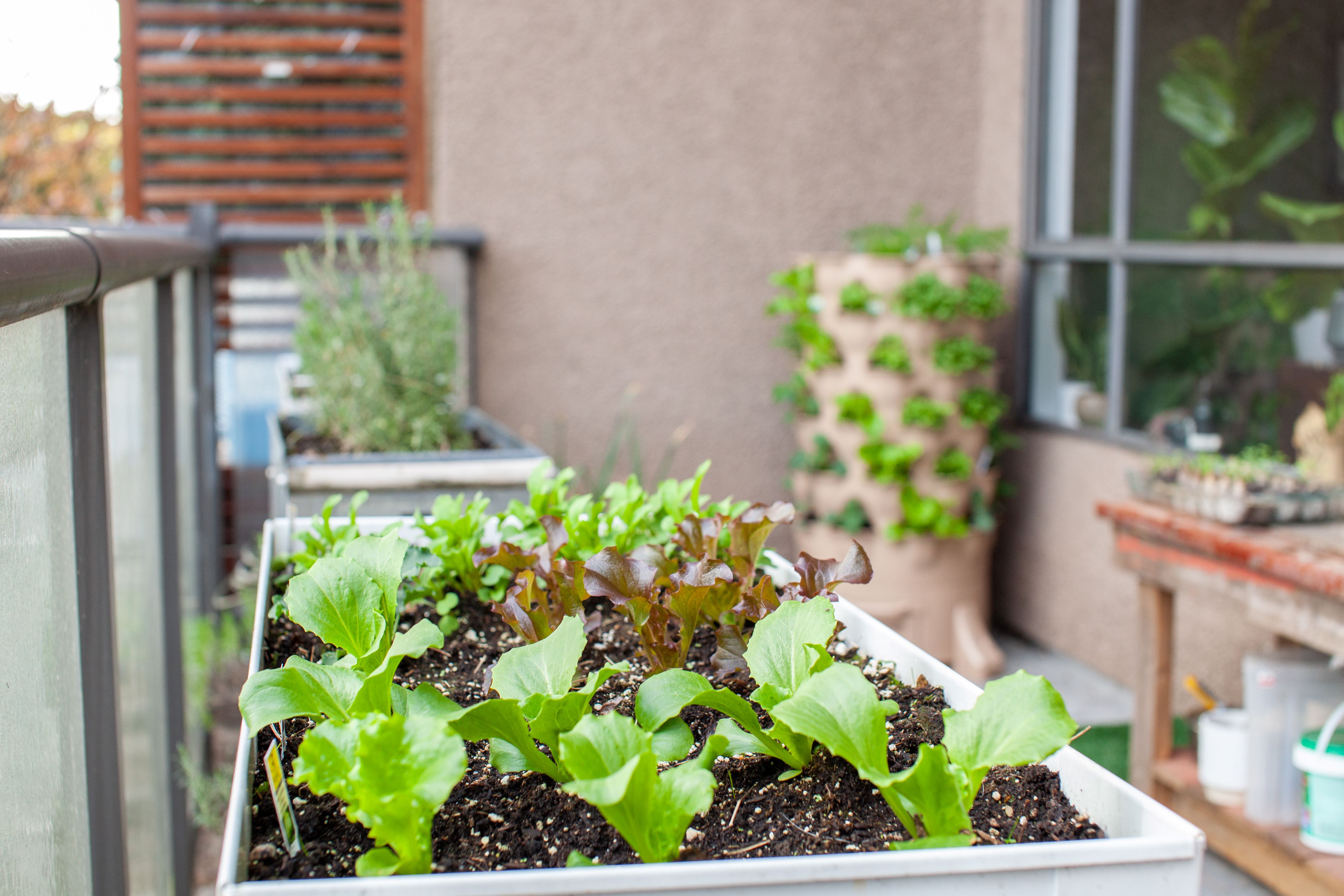

Compost for Houseplants/Potted Plants
Every plant deserves some extra love! When widening your gardening knowledge, be sure to include your indoor or potted friends in the mix. Indoor and potted plants also reap the benefits of compost — but remember, a little goes a long way.
There are two popular methods for adding compost to your indoor and potted plants.
- Spread up to ½ inch of compost on the top of the soil
- When repotting, create a mixture of around 20-25% compost with your soil
Compost for Gardens (Flowers, Fruits, and Vegetables)
For any sized space, mix between 1-3 inches of compost into at least 6 inches of your soil. This can be done with tools like a rototiller or by hand if you’re up for the job!
For raised beds, you can use the same method as potted plants to create a mixture that’s 20-25% compost.
Compost for Lawns/Pastures
Spread a thin layer, about ¼ to ½ inch, across the area, and work in the top 2-3 inches of the soil with the compost. For lawns, you’ll typically want to reapply this process every 4-6 weeks. If you’re using this for your pasture, you’ll want to reapply based on the product directions and be mindful to not smother any plants you’re growing.
Starting Your Compost Journey
Easy enough, right? If you came into this journey wondering if using compost is right for you and your plants, we hope you’ve learned that it’ll be a great addition to your plant journey! Whether you’re looking to improve the health of your houseplants, get more out of your fruit and vegetable gardens, want a livelier lawn, or need a boost to your pasture — there’s a compost option right for you.
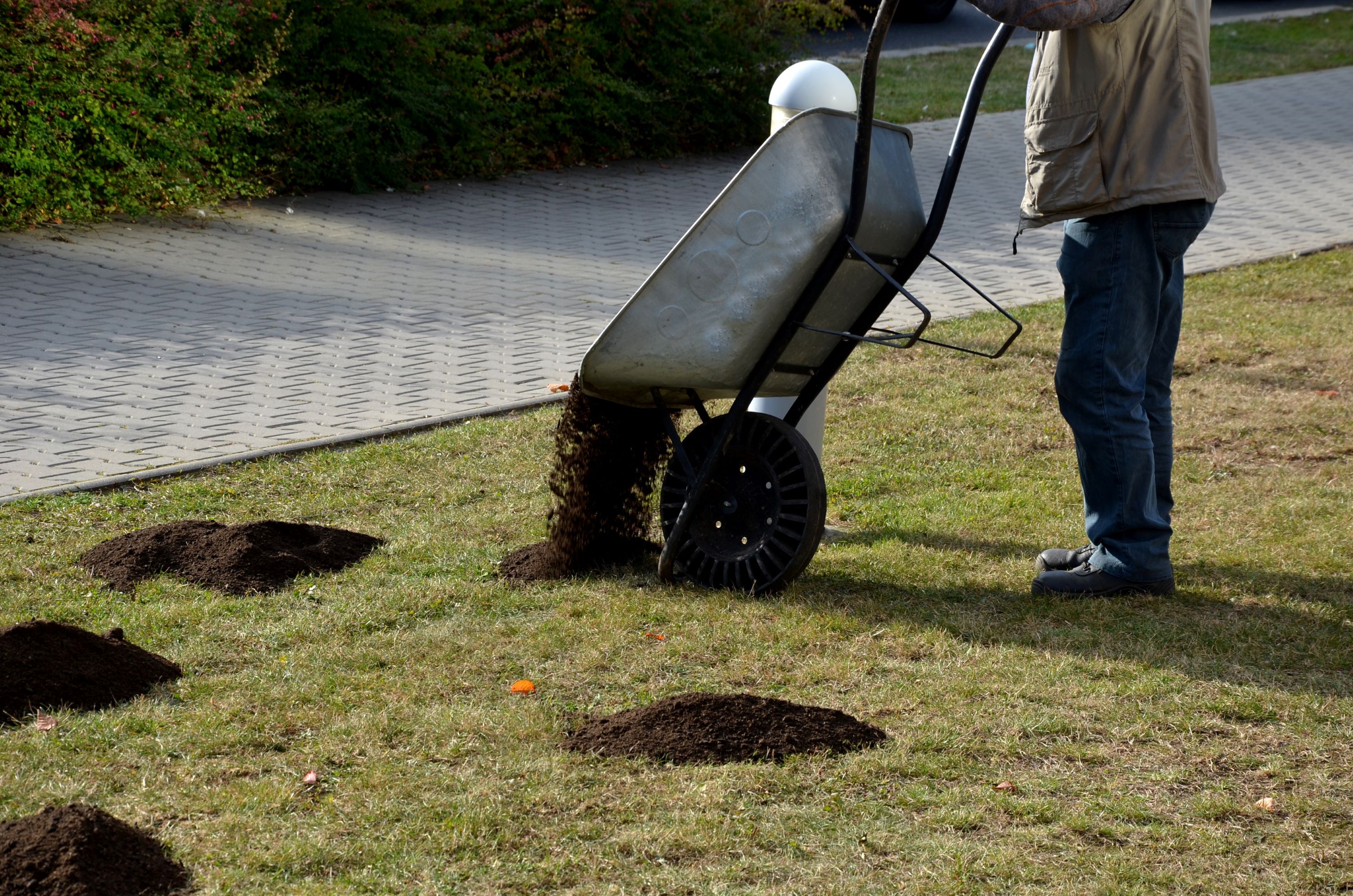

By adding compost to your soil, your plants can access important nutrients that make them flourish. Healthier plants equal less pests and a decreased need for additional supplements. Although, using fertilizers alongside compost can also provide great, but different benefits to your plants.
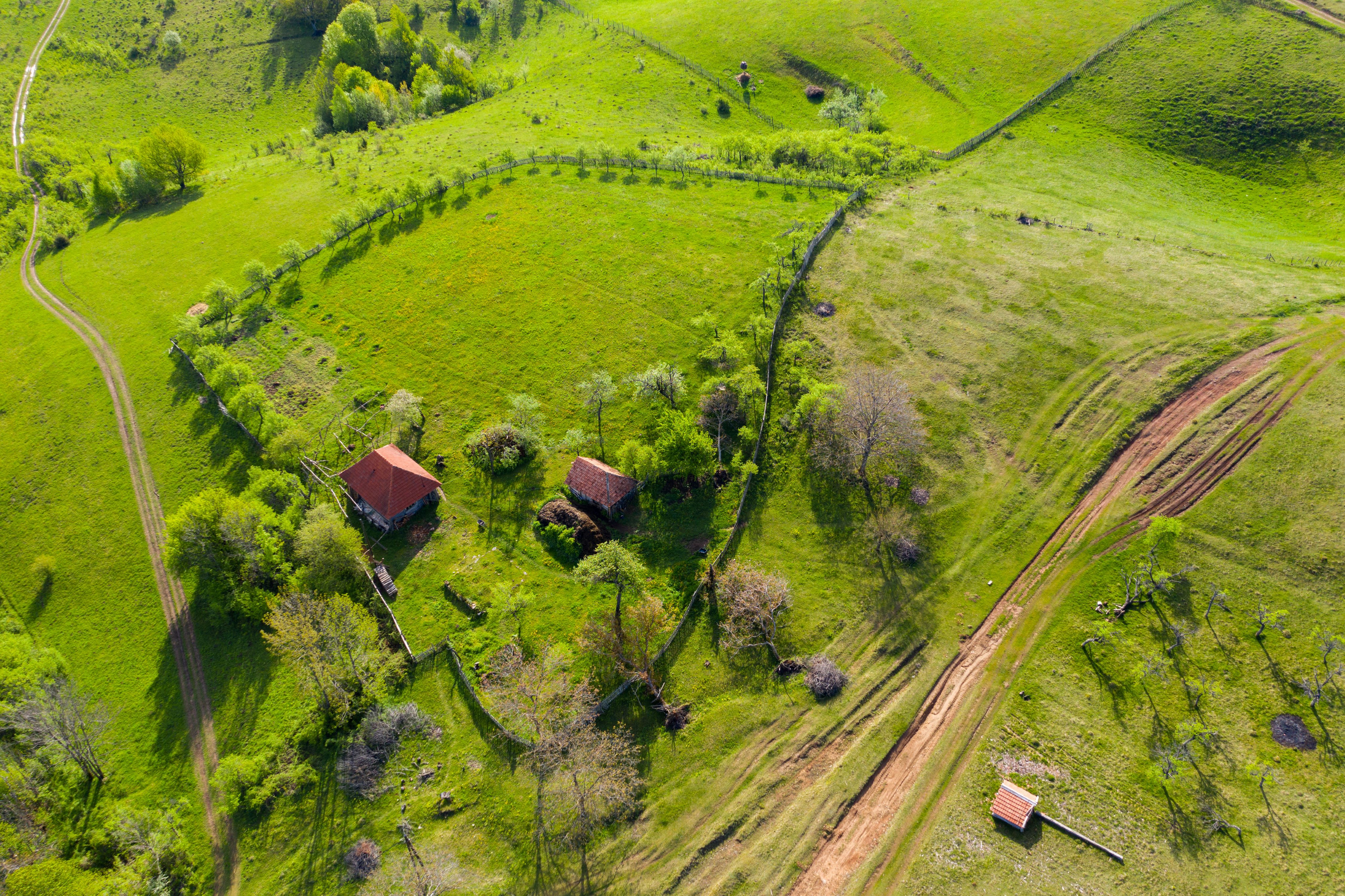

Another benefit of compost is that the microorganisms in it create the perfect tunnels for water retention — meaning you’ll need to water less and will experience less soil erosion when compost is applied to the ground. In general, compost also has great environmental benefits as it helps to reduce waste, builds a strong soil structure, and grows and enhances the organic life on our planet.
Once you know what plants you want to enrich with compost, it’s all about finding one with the most beneficial ingredients for your plants’ needs. When planting in a soil-compost mixture, a general rule is to create a mixture that’s no more than 25% compost. Or you can spread a thin layer across the top of your soil as the microorganisms will mix it in over time.
Are you ready to add life to your soil? We recommend checking out our McEnroe Organic - Premium Organic Compost to get an idea of what you can expect to find when shopping for compost. This blend is a great multipurpose option that also acts as a fertilizer, providing continuous benefits to any garden or homestead pasture!
